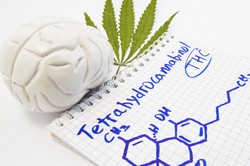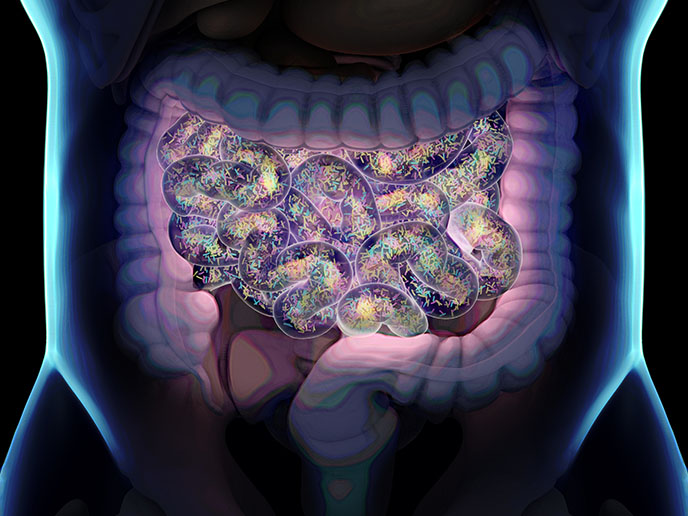Mechanistic insight into cannabinoid drug-induced psychosis
Type-1 cannabinoid receptors (CB1) are located throughout the body and mediate central processes including appetite, mood and memory. Cannabinoid drugs bind to and activate CB1 receptors. Emerging evidence indicates the involvement of both mitochondrial and astrocyte CB1 receptors in psychotic-like conditions, although molecular and cellular insight into the mechanism is currently lacking. Scientists of the EU-funded SCHIZO-MTCB1 (Cannabinoid receptors CB1 in schizophrenia: role of brain mitochondrial activity and astroglial signalling) project wished to further delineate the role of mitochondria-dependent regulation of brain bioenergetics, especially in the psychopathology of schizophrenia. Towards this goal, they investigated the functional link between mitochondrial and astrocyte CB1 receptors and endocannabinoid signalling in the brain. To distinguish the mitochondrial CB1 receptor from the receptors located elsewhere in the cell, researchers employed a selective inhibitor to block the downstream signalling of the former. In addition, they generated a mutant CB1 protein that cannot incorporate into the mitochondrial membranes. These tools enabled scientists to interfere with mitochondrial CB1 signalling in specific brain regions or cell types to better understand the psychotic-like effects induced by the activation of these receptors. After setting up a complete battery of behavioural tests, the consortium focused on THC, the psychoactive component of the plant Cannabis sativa. They tested for several psychotic-like effects including positive, negative and cognitive testing symptoms. Results showed that the mitochondrial CB1 receptor localised in the astrocytes, and reactive oxygen species are responsible for some of the psychotic-like effects induced by THC. Researchers discovered a potential new therapeutic strategy to tackle all the psychotic-like states induced by acute THC treatments using pregnenolone. Pregnenolone is synthesised in the mitochondria from cholesterol by cytochrome P450 and seems to function like an endogenous signalling-specific negative allosteric modulator of CB1 receptors. These findings suggest that pregnenolone or similar compounds can be used to prevent psychoses induced by cannabinoid drugs. Taken together, the results of the SCHIZO-MTCB1 study provide a novel angle on the mechanism by which cannabinoid drugs induce psychotic-like effects. The generated information is also important for the pathophysiology of schizophrenia and its treatment.







